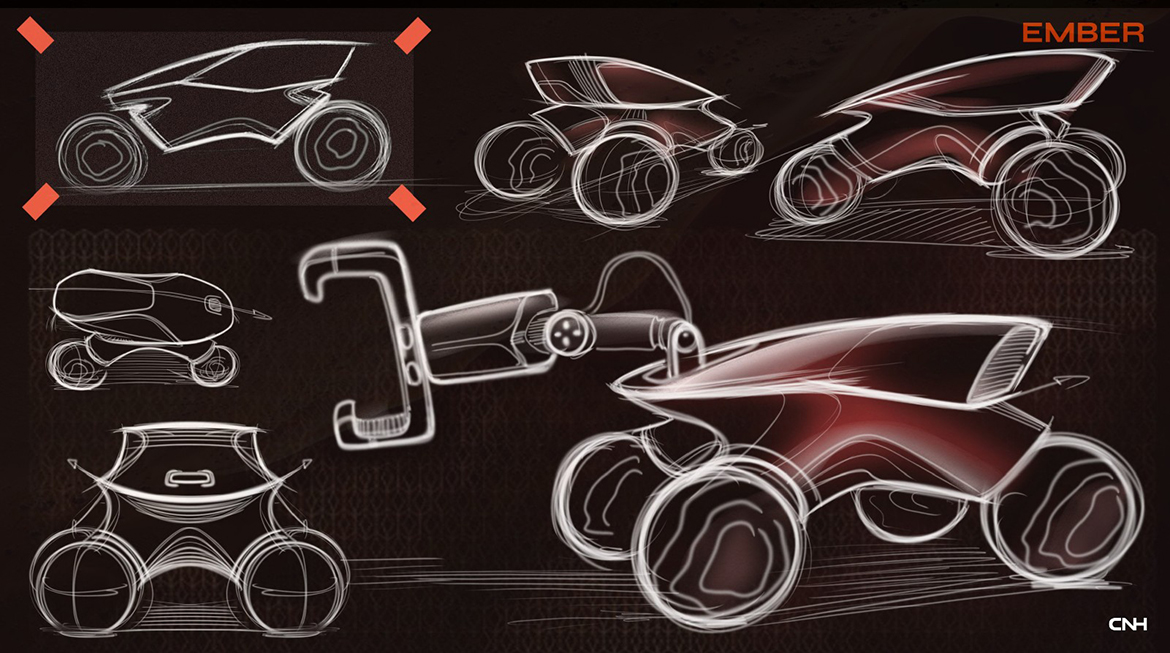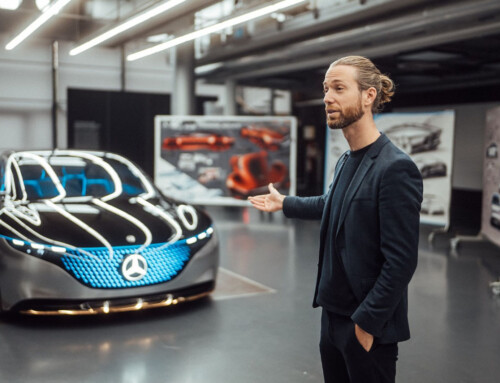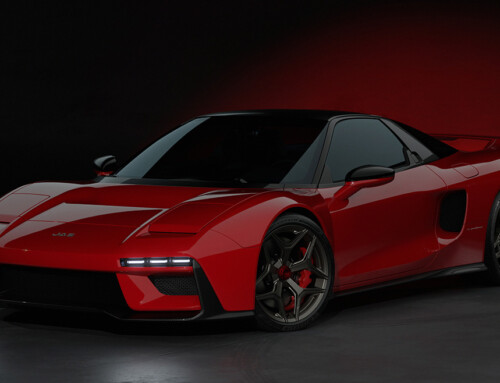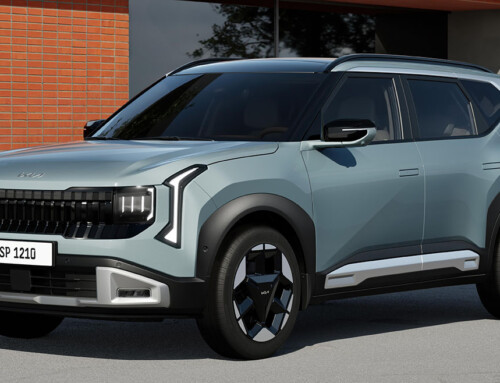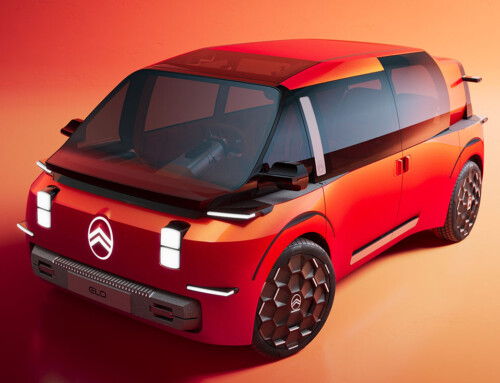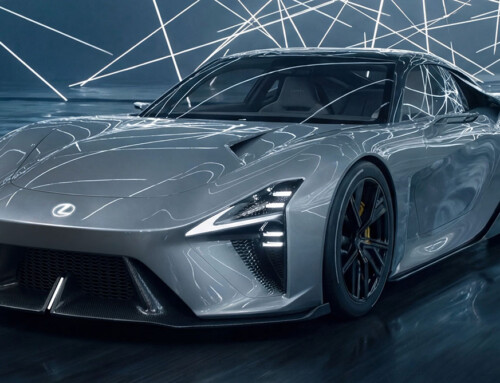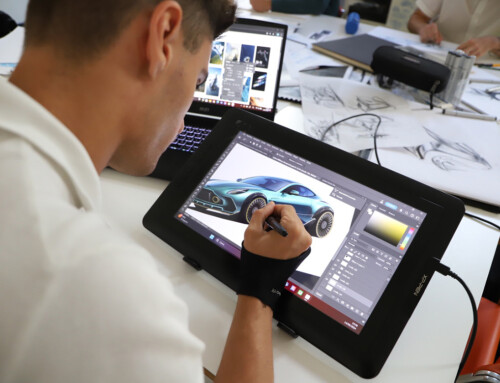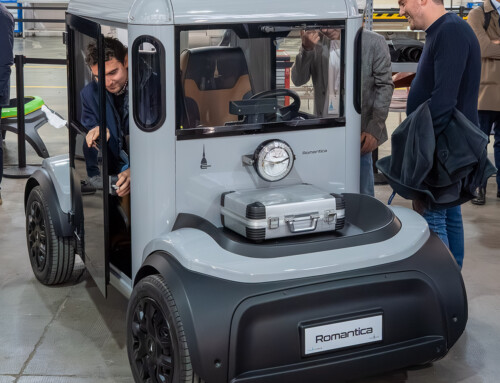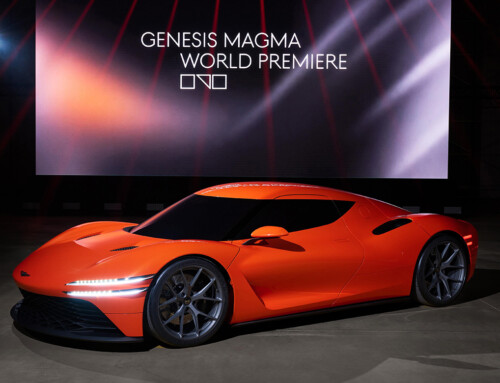A project to imagine the work vehicles of the future. Under the supervision of Giampiero Vietti, Senior Designer at CNH, and David Wilkie, Head of Industrial at CNH, IED students created four special vehicles designed by CNH that will enable work to be carried out on the Moon or even Mars. The projects were presented at the Turin Planetarium.
MoonHive
The project focused on building a machine designed for use on the Moon. The concept was inspired by the world of bees, an influence that is reflected in both its functionality and design. The study focused on how bees build, organize, and sustain their environment and sought to translate these principles into our lunar system. The machine mimics the efficiency and structure of a beehive to optimize the use of resources. Its modular design allows it to adapt and expand as conditions change. The system also emphasizes cooperation between autonomous units, similar to the behavior of a bee colony.
Gaia
Gaia is a large-scale mobile platform designed to support the agricultural colonization of Mars. The system acts as a transport, charging, and coordination hub for three CNH agricultural machines and two pollinating drones, all operating autonomously thanks to artificial intelligence. The main objective of the project is to create a vast bank of Earth seeds and a closed, self-sufficient ecosystem capable of sustaining early life forms and the development of a future Martian society. The project involves a network of interconnected biodomes, known as Gaianet, within which CNH machines can plow, plant, pollinate, and harvest crops. Drones manage aerial pollination, while machines convert organic waste into fertilizer compounds.
Ember
This project explores a step-by-step vision for colonizing Mars, from initial robotic preparation to advanced human settlement. The project begins with Phase 0-1, in which autonomous rovers and multifunctional shuttles explore the Martian terrain, prepare agricultural plots, and validate concepts for in situ utilization of resources for water, energy, and building materials. The final conceptual level frames these operations in the context of Type II-III civilizations, illustrating how stellar-scale energy harvesting and interplanetary networks could ultimately transform Mars from a remote outpost to a fully integrated node of a mature spacefaring society. Together, the scenarios and visual resources aim to communicate a coherent and technologically plausible roadmap from early machines to a thriving, multiplanetary human future.
Heart_Core
Heart_Core is an energy vehicle useful for future lunar colonization. Taking into account the challenges present in a lunar environment, such as temperature fluctuations and radiation, this vehicle will help humans colonize different areas during phase 2 of colonization. Due to the 14-day rotation cycles, solar panel energy cannot be the main resource, so the focus will be on uranium-235. In this context, a compact nuclear reactor will be transported on the tractor, providing 30 kW of useful power, and will be protected from the hostile environment thanks to its regolith coating.




